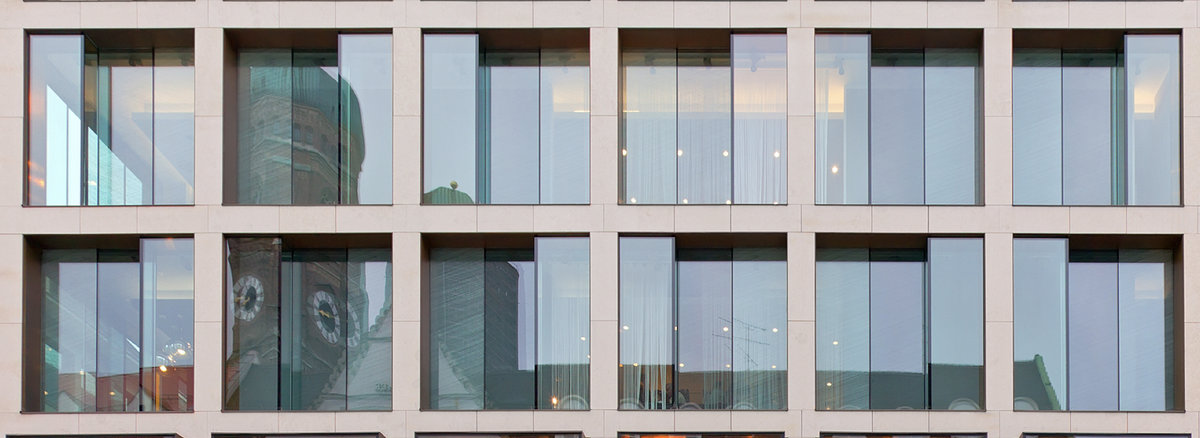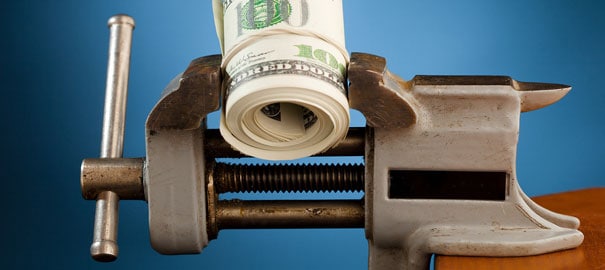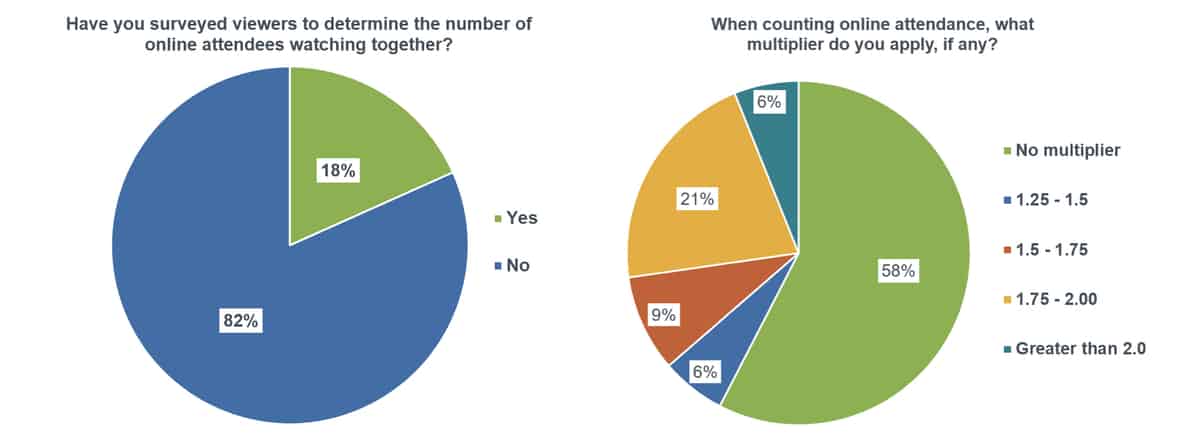There are a maze of documents and websites covering when and how to reopen a church for live worship services and events. Tom Krawczyk is a Campus Pastor at Thornapple Valley Church in Michigan. He is also a student in XPastor’s course, Overcoming the Pandemic. From the course and other online sources, he compiled a list of protocols for reopening their church in the near future.
Re-Opening Church after COVID-19 Restrictions Are Lifted
The most common strategy right now is watching and waiting to see how things will turn out over the next few weeks. It is generally thought that restrictions will be lifted in phases, and gatherings will be restricted to 10, 50, or 100. These will depend on the state, how it phases out the restrictions, and the current severity of COVID-19 in that locality.
This actually benefits the local church, because “slowly phasing in gatherings over a period of time can help us put the spiritual, physical, mental, and emotional health of our congregations first,” as William Vanderbloemen said. Be aware that trauma and fear may be the first thing that people bring back to church.
Groups of 10
For restrictions with a maximum of 10 people, small groups could host Watch Parties. Some churches are calling these House Parties. These are easy avenues for people to gather together and watch the service online together.
New small groups can be started to give people opportunity to hang out with others while enjoying the service together. Don’t discount the fact that many people are reluctant to sing unless they are singing in a group!
Consider prayer meetings during the week. These smaller gatherings can pray for the upcoming large gatherings and also get people used to mingling. Organizing these allows you to spot potential leaders, or at least leaders of intercessory prayer!
Groups of 50 and 100
For restrictions of 50 people, many churches say they will stick with the Watch Parties of 10 people, but then cluster 5 of those gatherings together. However, where would those clusters meet? At the church building?
Once the limit rises to 100 people, a church could begin having multiple live worship services. You would need a system to limit the number of people to 100 per service, including the transition time in the lobby.
Some churches are considering online reservation systems for worship attendance. Regardless, live worship services need to implement new ways of minimizing contact.
The actual level of comfort within the congregation may be completely different from the official guidelines. That is, people may not want to come back to church until it feels safer. Expect anything from early adopters who rush back to church, to those more cautious, to those who will wait until 2021.
Kids Ministry
Kids ministry is more online than ever, which has often played into their strong suit of large group teaching and worship. Many churches say they are going to wait on kids ministry until after restarting and “figuring things out.” Some say that kids ministry may be the last ministry for churches to bring back with full force.
Regardless of when you start your kids ministry, parents are more likely to agree to something smaller before they’ll go for something bigger of 100 or more. Consider it in the scope of the whole process of restarting worship services. Don’t rush it.
- If a family has 4-6 kids, do the parents want them all worshiping together, in public?
- That’s different than the relative safety and privacy of their own living room.
- Can they truly enjoy the service?
Instead of taking all their kids into the auditorium for a worship service, many parents are going to be looking for smaller face-to-face connections.
Often key volunteers in kids ministry are older grandparent-aged people. They are at higher risk and should be discouraged from quickly jumping back into volunteering.
Also be aware having new volunteers without doing your regular screening. Otherwise you will “crack your shield against child predators.”
What Will Church Worship Look Like?
Here are a few thoughts on what services could look like. A good start for your church is to brainstorm the question: “What will be the minimum number of people to reopen our doors?” You will want to consider the number of your bathrooms, how many can sit in the auditorium in family units and whether to have the nursery open.
Communication
Over-communicate who should continue to Stay-at-Home. This includes those who are sick, those over 65 and those with serious underlying health issues. This including staff, volunteers, and congregants.
Over-communicate that it is “good to stay at home” and worship, if they so choose. There will be no stigma or judgment in staying at home.
Over-communicate the precautions that will be taken at your church. This includes advance cleaning, gloves, and masks for all ushers, greeters, attendees.
Cleaning
Allow extra time between services to clean everything possible. You may need to change service times to create margin for cleaning. Take pictures of people cleaning and then post these in e-newsletters and social media. Give people a sense that you are doing everything you can.
For the first service after the church has sat idle for a long time, is cleaning actually necessary? Current thinking is that the coronavirus lives on surfaces for at most 2 days, so it may not be necessary. However, carefully consider your need for deep cleaning before reopening, and the “good optics” that presents, especially if you can take pictures or video of it.
If you can have outdoor church services, that’s recommended. It is a protective factor to be outside, and can help people deal with feelings of “germ claustrophobia.”
Greeting Those Who Return
As people approach the front doors, have outdoor signage that explains symptoms and asks people to consider their health before coming in. This will be a challenge to do while sill being welcoming.
Have two people outside the front doors, welcoming people. Instruct them on how to gently ask screening questions before they are allowed to enter. Remind them that they can get their temperature taken at the Health Screening table.
Greeters must refrain from shaking hands. Welcome people with a smile and kind words.
Church Protocols
Have hand sanitizer stations located around lobby and auditorium.
Most experts suggest that you close coffee stations, just to be safe. If you have an mission-oriented café, you may want to reopen it. Only have prepackaged snacks. Have coffee in cups pre-made for each service, to hand to people, and hand out single packages of creamer. Cafe volunteers should wear gloves and masks. Ask people to maintain 6 foot distance, with marks on the floor for this. Or ask people to raise their hands in the auditorium and deliver the coffee to their seat.
Bathrooms will be a challenge. The safest is to close all bathrooms, but this is impractical in a church. Consider a safe way to open and then clean bathrooms before, during, and after the services.
Have a Health Screening Table in the lobby. Offer free temperature checks and COVID-19 advice from medical professionals. Buy non-contact thermometers immediately, as they’re available on Amazon now.
Don’t pass an offering plate or bucket. Have them in the back of the auditorium instead. Provide your offering counters with hand sanitizer and gloves as they do their work of counting and recording. You should do the same with your office staff who handle the collected giving later on that week.
After the service, ushers must dismiss people by rows, like a wedding.
Conclusion
Let the data of COVID-19 in your locality drive your planning and implementation. After all, churches and funerals have been the causes of outbreaks in Georgia. Churches and birthdays parties caused outbreaks in Chicago.
Don’t rush it, and don’t cause an outbreak in your area! Create safe protocols for your church.









